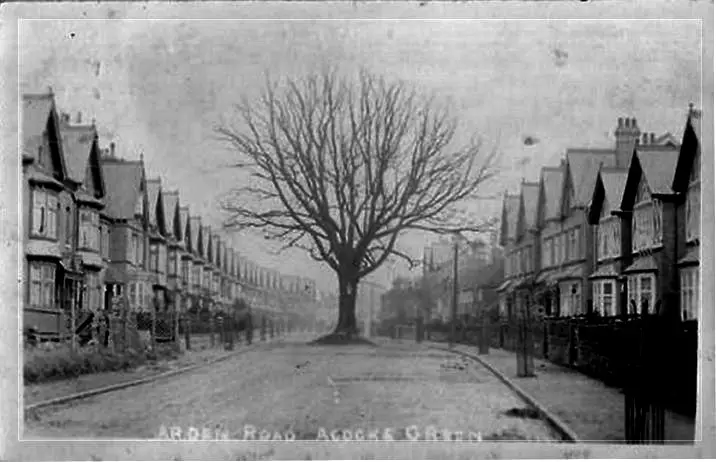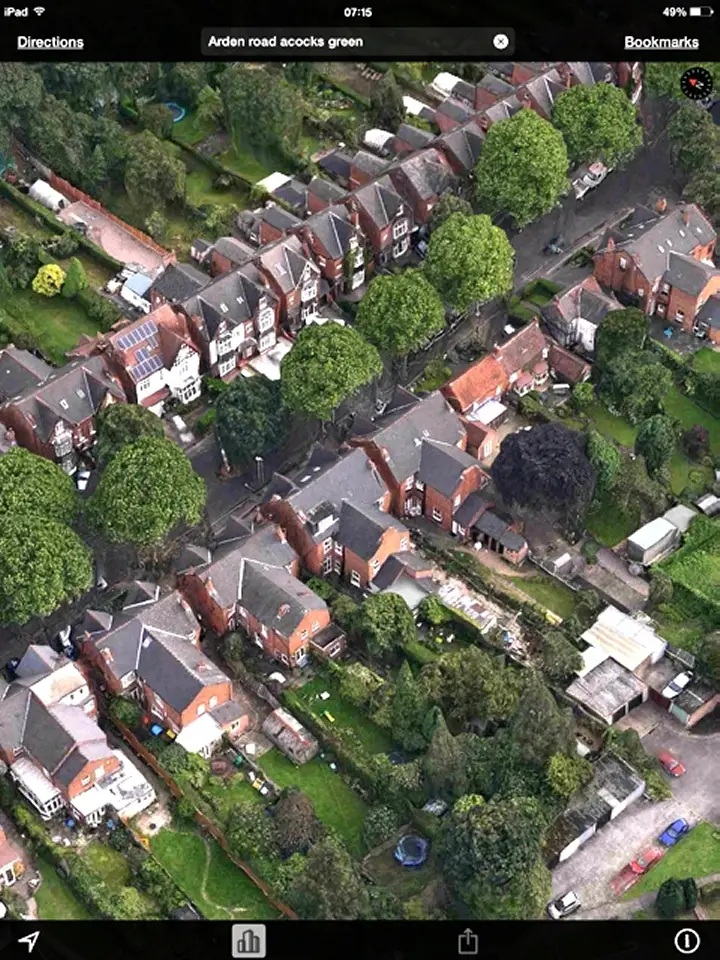Phil
Gone, but not forgotten.
This has been tried here a couple of times previously, but it seems most of the photos were lost when the site was hacked. As I have previously done this sort of thing elsewhere and I have some fifty or sixty photos I thought I would post them here. If you have any photos of a similar nature or some of those that were posted previously then please join in.
I suppose there is no better place to start than the Bullring through the years, this is something that I hurriedly knocked up some years back to illustrate something on another site. I think it is pretty amateurish, but obviously the council didn't think so because they nicked it for one of their webpages. The second photo shows the Bull that adorned the façade over the Queensway.
I suppose there is no better place to start than the Bullring through the years, this is something that I hurriedly knocked up some years back to illustrate something on another site. I think it is pretty amateurish, but obviously the council didn't think so because they nicked it for one of their webpages. The second photo shows the Bull that adorned the façade over the Queensway.











